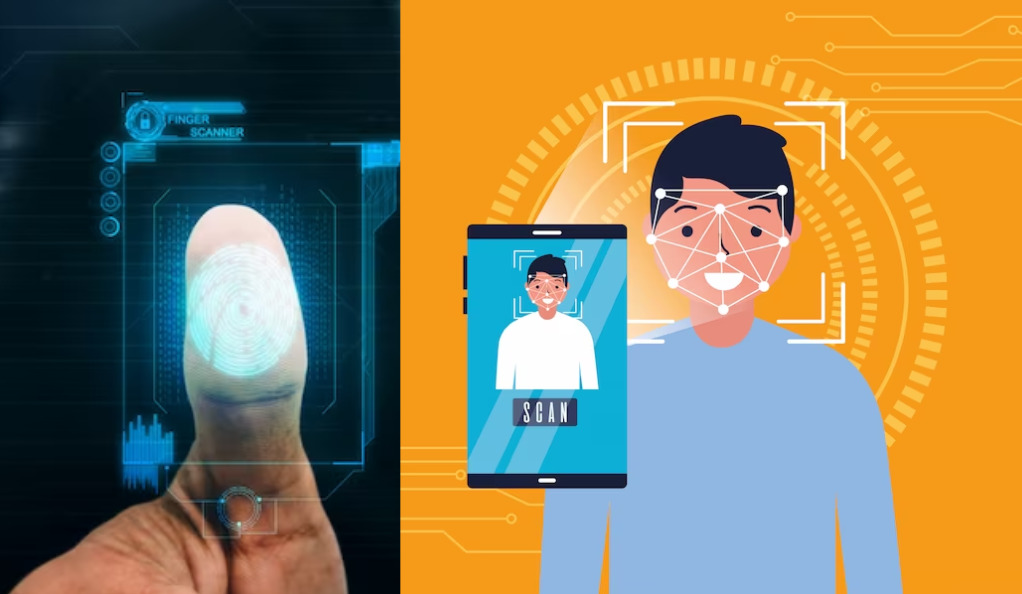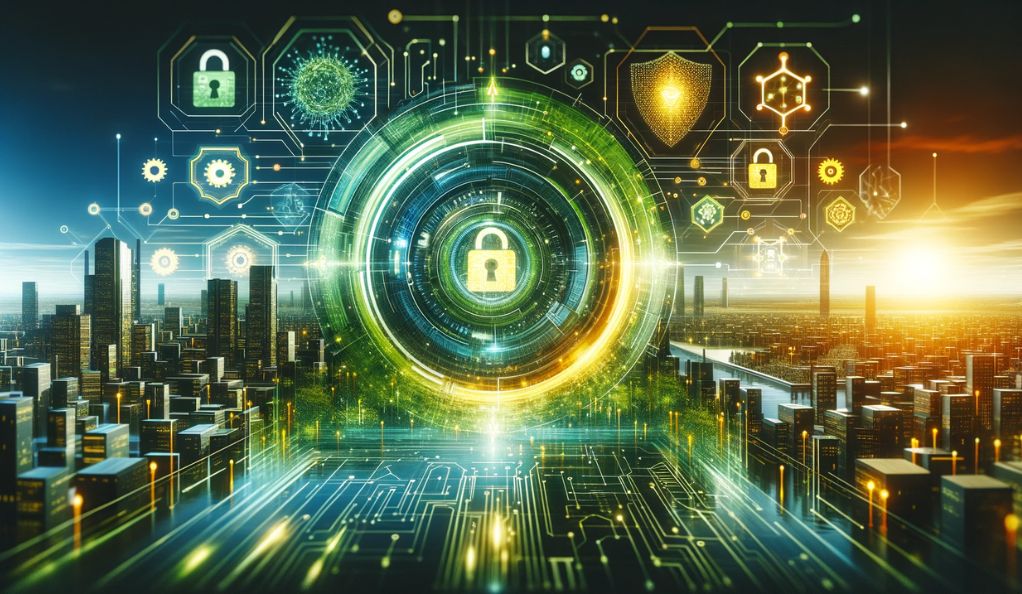In an increasingly digital world, security has become a paramount concern. The need for robust and reliable authentication methods has led to the rapid development of biometric security systems. While most of us are familiar with the fingerprint and face scan methods, biometrics is a much broader and more fascinating field than we might realize. In this article, we will embark on a journey to explore the intricate world of biometric security, going beyond the basics and delving into the cutting-edge technologies and applications that are shaping our future.
Biometric security, at its core, involves using unique physical or behavioral traits of individuals to verify their identities. Unlike passwords or PINs, biometrics offers a more secure and convenient means of authentication because it relies on attributes that are inherent to each person. While fingerprints and face scans have long been the poster children of biometric authentication, the landscape has evolved significantly.
The Biometric Landscape
Before we delve into the exciting advancements in biometrics, let’s take a moment to understand the current biometric security landscape. Biometrics have found applications in various industries and sectors, each with its own unique requirements.
Industries Using Biometrics
- Financial Services: Banks and financial institutions use biometric authentication to enhance the security of online transactions and protect customer accounts.
- Healthcare: The healthcare sector uses biometrics to ensure patient data privacy and secure access to medical records.
- Government: Governments worldwide deploy biometric identification systems for passports, visas, and national ID cards.
- Smartphones: Many modern smartphones incorporate biometric authentication methods, such as fingerprint and face recognition, to unlock devices and secure personal data.
- Border Control: Airports and immigration authorities use biometric technology for efficient passenger processing and border security.
Why Biometrics?
The adoption of biometric security is driven by several factors:
- Security: Biometric traits are unique to individuals, making it extremely difficult for impostors to gain access.
- Convenience: Biometric authentication is often more convenient than remembering complex passwords or carrying physical tokens.
- Speed: Biometric verification is fast, reducing wait times in various applications.
- Reduced Fraud: Biometrics help combat identity theft and fraud, saving organizations billions of dollars.
- Enhanced User Experience: Users appreciate the simplicity and ease of use of biometric systems.
Beyond Fingerprint Identification
The world of biometric security has transcended the confines of fingerprints, opening up new avenues for identification and authentication. While fingerprint recognition remains a widely used method, it’s no longer the only player in the game. Let’s explore some of the advanced biometric methods that are pushing the boundaries of what’s possible.
Retina and Iris Scanning
Retina and iris scanning are two high-precision biometric methods that rely on the unique patterns within the eye. These patterns are not only distinct between individuals but also stable throughout a person’s life.
Retina Scanning: This method captures the unique pattern of blood vessels in the retina, located at the back of the eye. A low-intensity infrared light is used to illuminate the retina, and a specialized camera captures the pattern. The key advantage of retina scanning is its accuracy, making it suitable for highly secure environments.
Iris Scanning: Iris recognition, on the other hand, analyzes the unique patterns in the colored part of the eye surrounding the pupil. It involves taking a high-resolution photograph of the iris and using pattern-matching algorithms to create a template for authentication. Iris scanning is known for its speed and reliability.
Advantages and Limitations
- Advantages:
- Exceptional accuracy: Both retina and iris scanning boast incredibly low false acceptance rates, making them ideal for critical applications like access to secure facilities and border control.
- Non-intrusive: These methods do not require physical contact, making them hygienic and user-friendly.
- Resistance to fraud: It is extremely challenging to forge or replicate the intricate patterns of the retina or iris.
- Limitations:
- Cost: The specialized hardware required for retina and iris scanning can be expensive to deploy.
- Privacy concerns: Some individuals may have privacy concerns about having their eyes scanned, as it involves a more intimate part of the body.
As biometric technology continues to advance, retina and iris scanning are finding their way into various sectors, including airport security, high-security research facilities, and even consumer devices like smartphones.
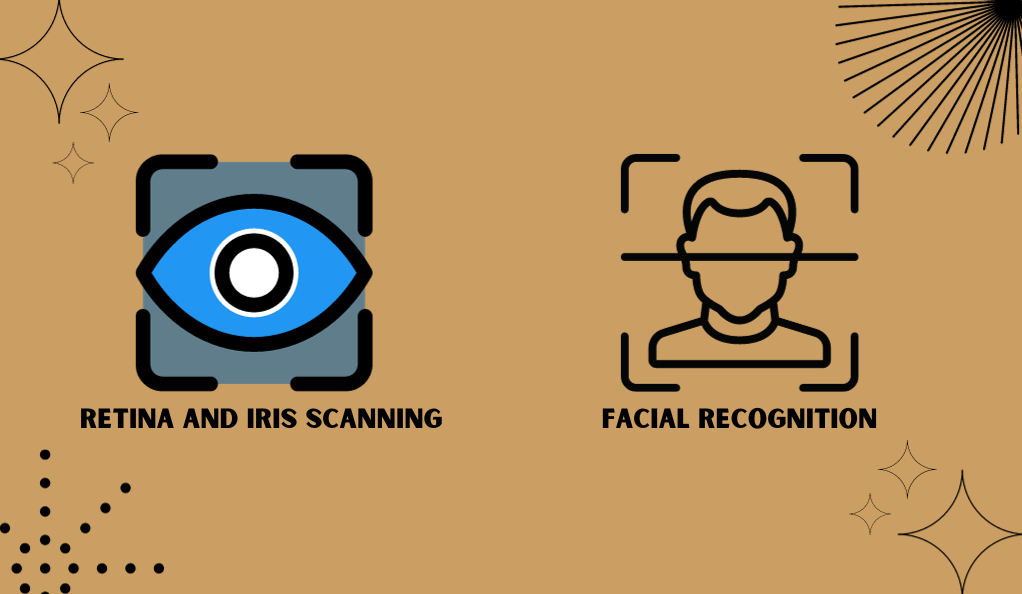
Facial Recognition Evolution
Facial recognition technology has come a long way since its inception. While most of us associate it with unlocking our smartphones, the evolution of facial recognition has led to groundbreaking advancements that have expanded its applications far beyond convenience.
The 3D Facial Recognition Revolution
One of the most significant breakthroughs in facial recognition is the transition from 2D to 3D facial recognition. Traditional 2D facial recognition systems rely on analyzing a flat image of a person’s face. While these systems have been effective, they have limitations, especially when dealing with attempts to fool the system using photographs or videos.
How 3D Facial Recognition Works
3D facial recognition, also known as depth-based facial recognition, adds an extra dimension to the process by capturing depth information. This is typically achieved using specialized sensors like infrared cameras or structured light. Here’s how it works:
- Depth Mapping: The system projects structured light patterns or uses infrared technology to create a depth map of the face. This map captures the unique contours and features of the face.
- Feature Extraction: Algorithms analyze the depth map to extract distinct facial features, such as the shape of the nose, the depth of the eye sockets, and the contours of the chin.
- Template Creation: A unique template, often referred to as a 3D faceprint, is generated from the extracted features. This template is used for identity verification.
Advantages of 3D Facial Recognition
- Enhanced Security: 3D facial recognition is highly resistant to spoofing attempts using 2D photographs or videos, making it more secure.
- Improved Accuracy: The additional depth information increases accuracy, reducing false positives and false negatives.
- Low Light Performance: Infrared-based systems can operate in low light conditions, making them suitable for various environments.
Applications Beyond Unlocking Smartphones
The applications of 3D facial recognition extend to diverse industries and scenarios:
Healthcare
- Patient Identification: Hospitals use 3D facial recognition to accurately identify patients and access their medical records securely.
Retail
- Payment Authentication: Some retailers are exploring the use of 3D facial recognition for contactless payment authentication.
Transportation
- Airport Security: Airports are adopting 3D facial recognition for efficient and secure passenger processing.
Law Enforcement
- Criminal Identification: Law enforcement agencies employ 3D facial recognition to match suspects with existing databases.
Behavioral Biometrics
Biometric security doesn’t always involve physical traits like fingerprints or retinas. In fact, one of the most intriguing aspects of biometrics is behavioral biometrics. This field explores how an individual’s unique behaviors and patterns can be harnessed for authentication and identification.
Keystroke Dynamics
Imagine if the way you type on a keyboard could identify you. That’s precisely what keystroke dynamics does. It focuses on the unique typing patterns of individuals, including the speed, rhythm, and pressure applied to keys.
How Keystroke Dynamics Work
- Data Collection: Keystroke dynamics systems collect data on how users type over time. This data includes the time intervals between keystrokes and the pressure applied to keys.
- Behavioral Profiles: Algorithms analyze this data to create unique behavioral profiles for each user. These profiles are like digital fingerprints of typing patterns.
- Authentication: When a user attempts to log in, the system compares their typing pattern with the stored behavioral profile. If the patterns match, authentication is successful.
Advantages of Keystroke Dynamics
- Continuous Authentication: Keystroke dynamics can provide continuous authentication while a user is active, reducing the risk of unauthorized access if a session is left unattended.
- Non-Intrusive: Unlike fingerprint or face scans, users don’t need any additional hardware. Their typing behavior is analyzed in the background.
- Low False Positive Rates: Keystroke dynamics systems have been known to achieve low false positive rates when properly calibrated.
Gait Analysis
How you walk, known as your gait, is another behavioral trait that can be used for biometric identification. Just as with keystroke dynamics, gait analysis focuses on the unique patterns in how individuals walk.
How Gait Analysis Works
- Data Collection: Sensors or cameras record an individual’s walking pattern. This can include factors like step length, cadence, and the angle at which the foot strikes the ground.
- Pattern Recognition: Algorithms analyze the collected data to create a unique gait profile for each person.
- Authentication: When a user walks in front of a gait analysis system, it compares their gait profile with the stored data. If there’s a match, authentication is granted.
Applications of Gait Analysis
- Security Access: Gait analysis can be used in secure access control systems to grant entry only to authorized individuals.
- Healthcare: Gait analysis can help in monitoring and diagnosing conditions affecting an individual’s gait, such as Parkinson’s disease.
Voice Biometrics: Your Unique Soundprint
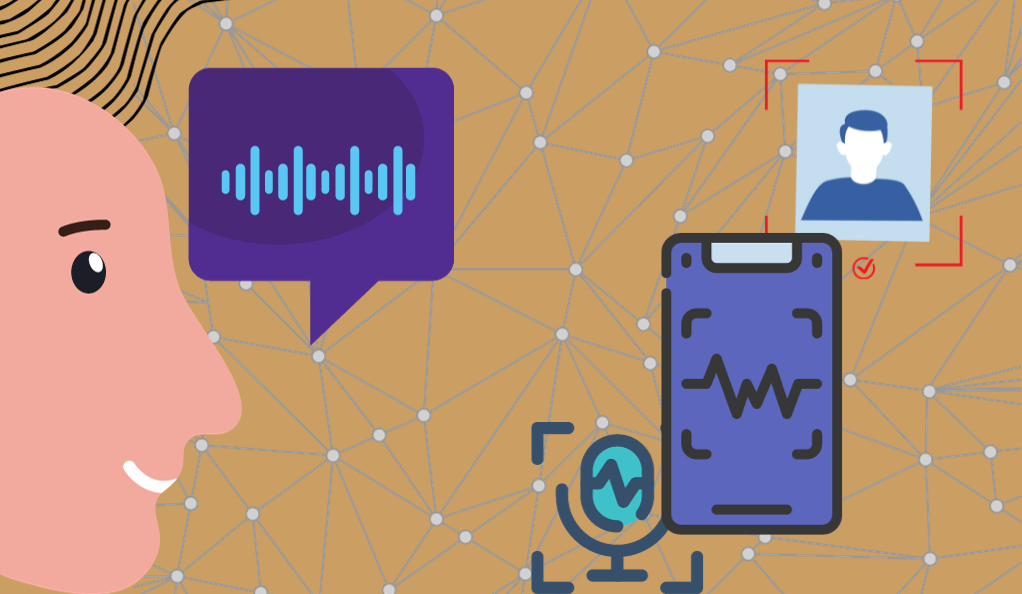
Voice biometrics, also known as voice recognition, is a captivating facet of biometric security. It capitalizes on the distinctiveness of an individual’s voice to verify their identity. Think of it as your unique soundprint in the digital world.
How Voice Biometrics Works
Voice recognition systems capture and analyze various aspects of a person’s voice to create a voiceprint—a digital representation of their vocal characteristics. Here’s how it typically works:
- Voice Sample Collection: The system records a person’s voice, often during a simple enrollment process where the individual speaks predefined phrases.
- Feature Extraction: Algorithms extract specific vocal features, such as pitch, tone, cadence, and pronunciation.
- Voiceprint Creation: These extracted features are used to create a unique voiceprint, which is stored securely.
- Authentication: When a user wants to access a system, they speak a passphrase or respond to a voice prompt. The system then compares their current voice to the stored voiceprint. If there’s a match, authentication is granted.
Advantages of Voice Biometrics
Voice biometrics offers several advantages:
- Natural and Non-Intrusive: Users are familiar with speaking, making it a non-intrusive and user-friendly authentication method.
- Continuous Authentication: Voice can be used for continuous authentication during a conversation or interaction.
- Versatility: It can be implemented in various scenarios, including call center authentication, secure phone banking, and more.
Voice Biometrics in Action
The applications of voice biometrics are diverse:
- Call Center Authentication: Many call centers use voice biometrics to verify callers’ identities, reducing the need for knowledge-based questions.
- Secure Transactions: Voice recognition is employed in secure phone banking and financial transactions, providing an additional layer of security.
- Smart Assistants: Voice assistants like Siri and Alexa use voice biometrics to recognize and respond to specific users.
Biometrics in Cybersecurity: Fortifying Digital Defenses
In an era marked by increasingly sophisticated cyber threats, the role of biometrics in bolstering cybersecurity cannot be overstated. These unique and personalized authentication methods are transforming the way we protect digital assets and data.
The Role of Biometrics in Cybersecurity
Multi-Factor Authentication (MFA)
One of the key applications of biometrics in cybersecurity is in multi-factor authentication (MFA). MFA combines two or more authentication methods to enhance security. Biometrics can serve as one of these factors alongside traditional methods like passwords or smartcards.
How MFA with Biometrics Works:
- User Presents Credentials: The user provides their username or identification.
- Biometric Authentication: The system requests biometric verification, such as a fingerprint or facial scan.
- Additional Authentication: If the biometric authentication is successful, the user may still be required to provide an additional factor, such as a one-time password (OTP) sent to their mobile device.
MFA with biometrics significantly reduces the risk of unauthorized access, as it requires the possession of something (e.g., a fingerprint) and the knowledge of something (e.g., a PIN or password).
Biometric Encryption
Biometric encryption is another frontier where biometrics meets cybersecurity. It involves using biometric data to encrypt and decrypt sensitive information. For example, your fingerprint can serve as the encryption key for data stored on your device.
Advantages of Biometric Encryption:
- Enhanced Data Security: Biometric encryption adds an additional layer of security by tying data access to a specific biometric identifier.
- User Convenience: Users don’t need to remember complex encryption keys or passwords, making data access more user-friendly.
Continuous Authentication
In the world of cybersecurity, continuous authentication is gaining traction. Unlike traditional login systems, which grant access once at the beginning of a session, continuous authentication verifies the user’s identity throughout the session.
How Continuous Authentication Works:
- Behavioral Analysis: The system continuously monitors the user’s behavior, including mouse movements, typing patterns, and even facial expressions. Any deviations from the norm can trigger an authentication challenge.
- Biometric Verification: Periodic biometric verifications, such as facial recognition checks during a video conference, can confirm that the authorized user is still present.
By implementing continuous authentication, organizations can detect and respond to security threats in real-time, reducing the risk of unauthorized access even after initial login.
The Ethical and Privacy Considerations
While biometrics hold promise in enhancing cybersecurity, they also raise important ethical and privacy concerns. The collection and storage of biometric data require careful handling to prevent misuse and unauthorized access. Regulations, such as the General Data Protection Regulation (GDPR) in the European Union, are in place to safeguard individuals’ biometric information.
Future Trends in Biometric Security
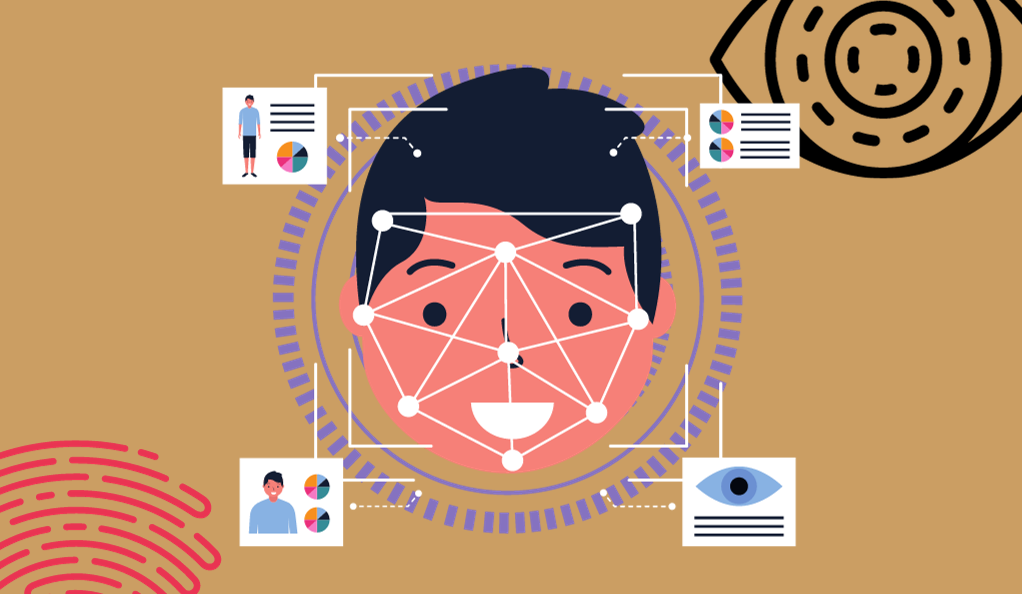
The field of biometric security is dynamic and continuously evolving. As technology advances and the demand for secure authentication methods grows, several exciting future trends are shaping the landscape of biometrics.
Emerging Technologies
DNA Biometrics
One of the most groundbreaking frontiers in biometrics is DNA biometrics. Every individual has a unique DNA code, and advancements in technology are making it increasingly feasible to use DNA as a form of identification. While DNA biometrics is not yet widespread due to the complexity and cost of DNA analysis, it holds immense potential for the future.
Brainwave Authentication
Imagine unlocking your device or accessing secure facilities using your brainwaves. Brainwave authentication is an emerging field that explores the unique neural patterns of individuals. Electroencephalogram (EEG) technology is at the forefront of brainwave authentication, offering the promise of highly secure and non-intrusive authentication.
Innovative Applications
Healthcare and Remote Patient Monitoring
Biometrics are revolutionizing healthcare by enabling secure patient identification and remote monitoring. Wearable devices equipped with biometric sensors can continuously monitor vital signs and alert healthcare providers to any abnormalities. This not only enhances patient care but also improves data security.
Biometric Payment Systems
The use of biometrics for secure and convenient payments is on the rise. Biometric payment systems allow users to make transactions by simply scanning their fingerprint or using facial recognition. As these systems become more widespread, the need for physical credit cards or cash may diminish.
Smart Cities and IoT
Biometrics are playing a crucial role in the development of smart cities and the Internet of Things (IoT). Facial recognition, in particular, is used for everything from traffic management to access control in smart buildings. As urbanization continues, biometric technology will help create more efficient and secure urban environments.
Privacy and Ethical Considerations
As biometric technology advances, so do concerns about privacy and ethics. Striking the right balance between security and individual rights is an ongoing challenge. Regulations and standards, such as the European Union’s GDPR, will continue to evolve to address these concerns.
Conclusion: The Future of Biometric Security
In our exploration of biometric security, we’ve witnessed its evolution from fingerprints and facial recognition to emerging technologies like DNA biometrics and brainwave authentication. Biometrics has become a linchpin of security in our digital age.
Biometrics offers enhanced security, convenience, and versatility across various sectors, including finance, healthcare, and smart cities. It plays a crucial role in cybersecurity through multi-factor authentication, biometric encryption, and continuous authentication.
However, ethical and privacy concerns loom, requiring stringent regulation and responsible use of biometric data.
As we look ahead, biometric security is poised for further innovation. DNA biometrics and brainwave authentication hold great promise, while applications in healthcare, payments, and smart cities will transform our lives.

